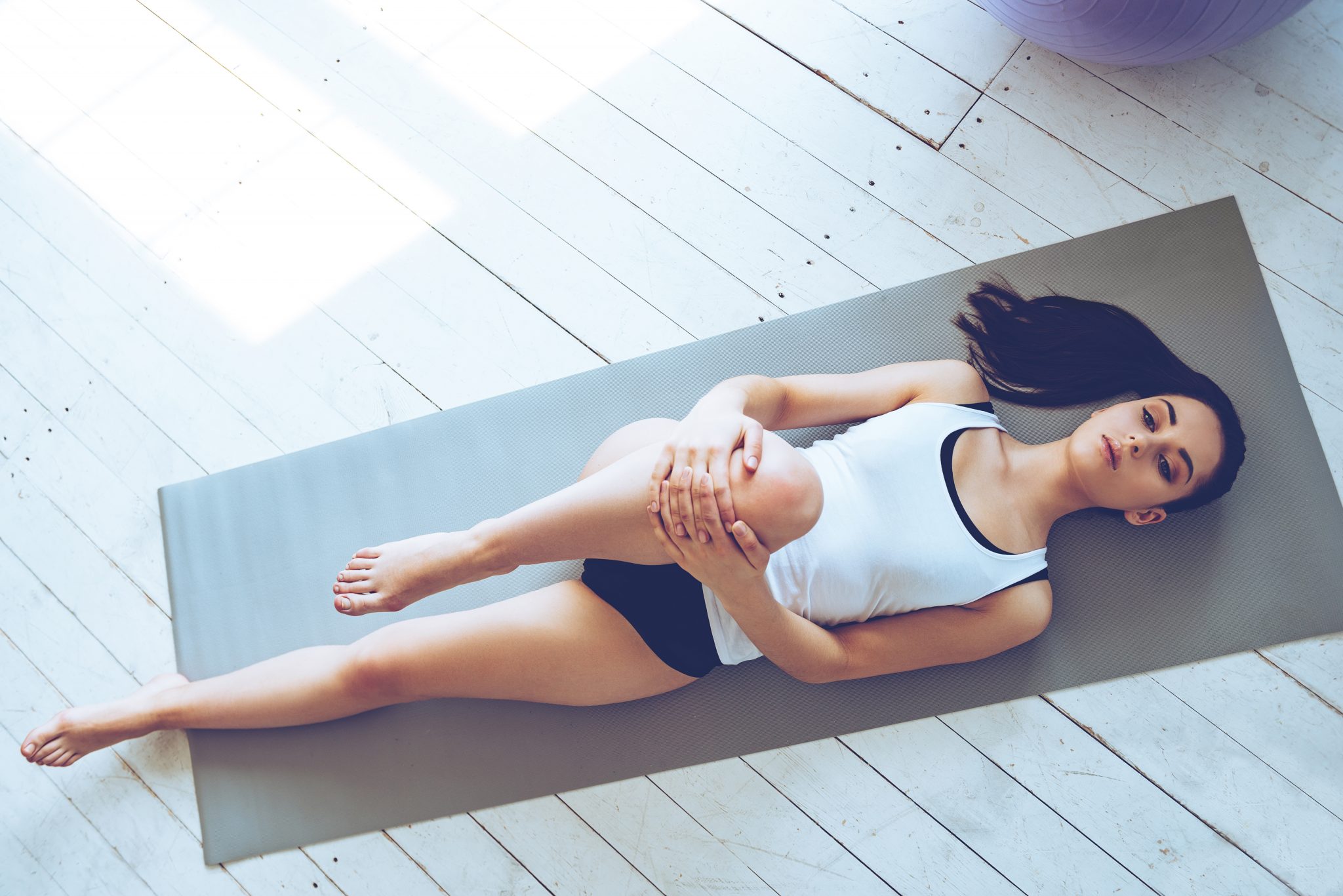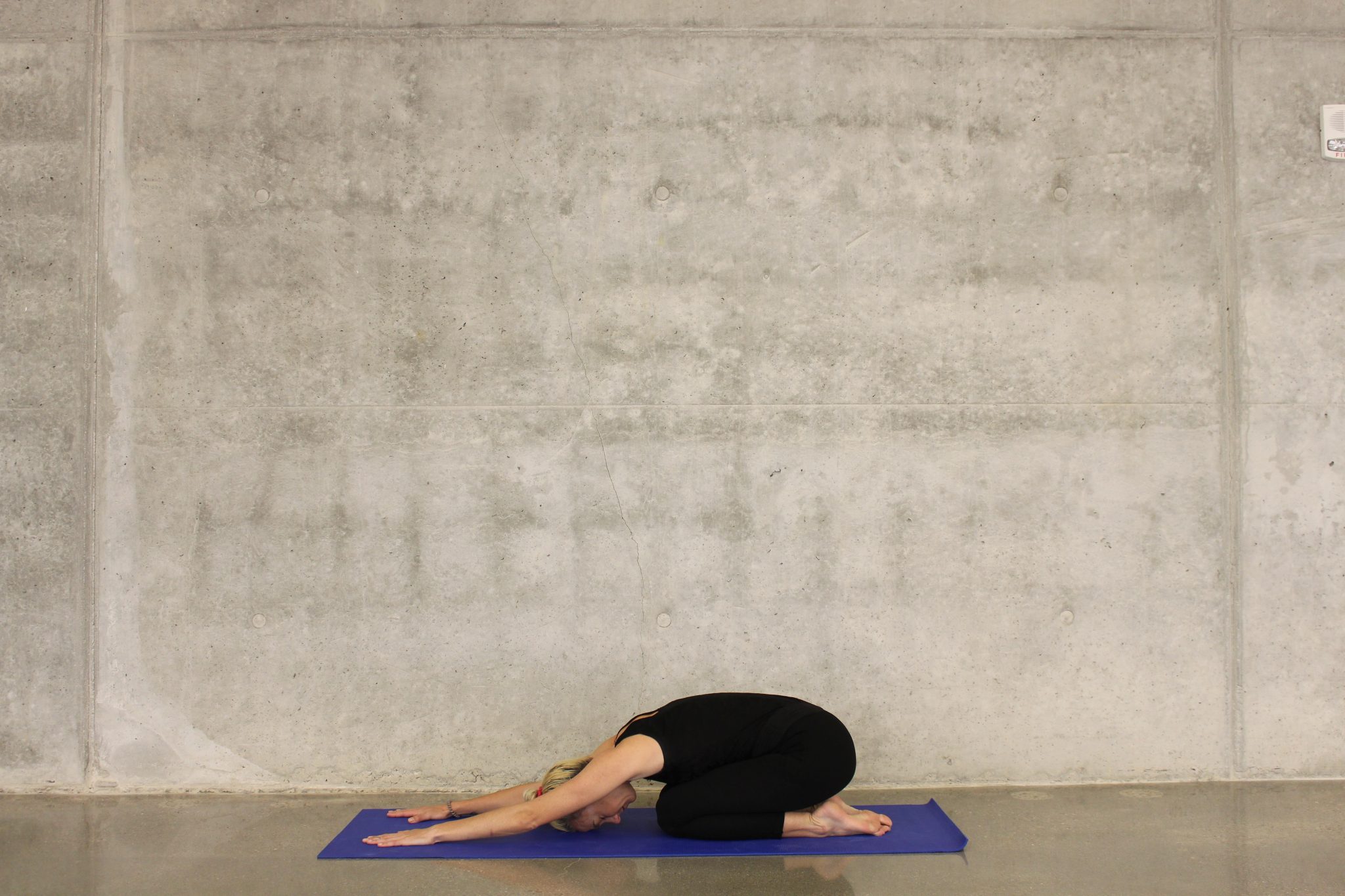
Whether you work in a home office or have been confined to the kitchen table during lockdown, stretching will do your back, neck and shoulders the world of good.
Being back in lockdown means that millions of us are working from home again – which means that many of us are back to sitting at our old make-shift desks and kitchen tables. So it will come as no surprise that as a nation, our postures are becoming even more hunched as we hover over our phones and laptops without the support of ergonomic chairs and desks at proper heights – and it’s having a notable effect on our careers.
Research conducted last year by the British Chiropractic Association found that a third (33%) of Brits have had to take at least one sick day off work due to back or neck problems. Another fifth (23%) say these problems have “a negative impact on their working life”.
This is hardly surprising. If you find yourself sitting at a desk for long periods of time, it can be easy to let your posture slip. This will inevitably lead to strain being placed on your joints and your back becoming tighter.

The NHS recommends that when you’re sitting at your desk your feet should be planted on the floor, which will support your back. You should also make sure your thighs are at right angles to your body, that your computer screen is at eye level so you’re not craning your neck, and – most importantly – that you take regular breaks to keep yourself moving.
But regardless of how well you sit, stretching is still necessary for keeping everything mobile and preventing the build-up of knots. To mitigate the long-term effects of back pain and stop it from having an adverse impact on your job and your everyday life, try working these stretches into your day. Trust me: it’ll be worth it.
You may also like
How bad posture affects your mental health and how to remedy it
Standing back extension stretch
- Stand with your hands on the small of your back with feet about shoulder width apart.
- Then slowly – and carefully – lean backwards, arching your lower back. Lean into it until you feel a stretch in your abdominal muscles, and hold for 10 or 15 seconds.
- Return to the starting position, and repeat a few times. This will stretch out and reduce pressure in your lower back, and improve your overall movement.
This stretch can also be done sitting down on the edge of a chair, with feet planted firmly on the ground.

Seated spinal rotation
- This is a great one to do from the comfort of your office chair. From a seated position, cross your arms in front of your chest and place them on your shoulders.
- Keeping your upper body straight, gently turn to the left and then back round to the right, and repeat around 10 times. This should ease the tension in your lower back and stretch it out at the top.
Upper shoulder and neck stretch
- For many people, pain or tightness in the shoulders and neck are part and parcel of back pain. To tackle both of these areas at once, simply take your hands and place them at the back of your head, right at the top.
- Gently pull your head forwards as though you’re trying to get your chin to touch your chest, until you feel a stretch down the back of your neck.
- Hold for 10 or 15 seconds, release and repeat.
You can vary this stretch by using one hand to pull your head gently down to one side, so that your ear moves towards your shoulder. This will really stretch out the area where the shoulders, neck and upper back meet.

Knee to chest stretch
- Lie down on your back, and bring one knee up to your chest. Hold onto your leg just below or above the knee with both hands, and gently pull it towards your torso.
- Hold for up to 20 seconds, and then repeat on the opposite side. You can also do this stretch with both legs at once.

Prayer stretch
- This is another stretch that you need to do on the floor. Start by getting on your hands and knees, and then lower your buttocks towards your feet and your body towards the ground.
- Sometimes called child’s pose and used in yoga, you should end up with your buttocks hovering just above your feet, your body pressed against your thighs, and your arms out in front of you in a straight line.
- Hold for up to 20 seconds, and repeat a few times.
A variation of this involves you getting into the same position on the floor, but placing both hands to one side, and then going into the stretch. Repeat on the other side.

Want to learn more stretches? Follow @StrongWomenUK on Instagram to watch as our certified trainers go over different stretches and their benefits every Friday on #StretchTheWeekOut. You can also learn more in the STRETCH highlight of our handle.
Image credit: Getty, Unsplash
Source: Read Full Article